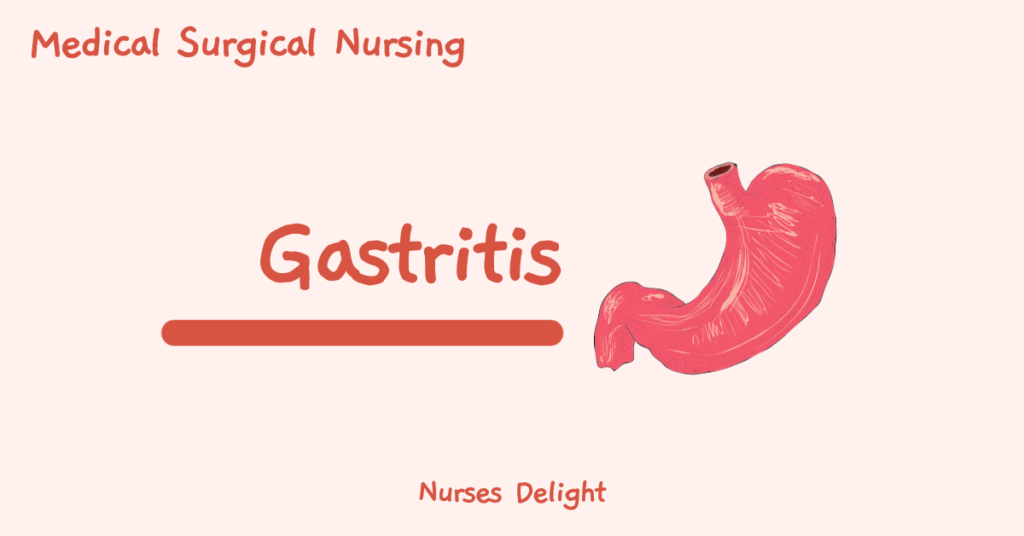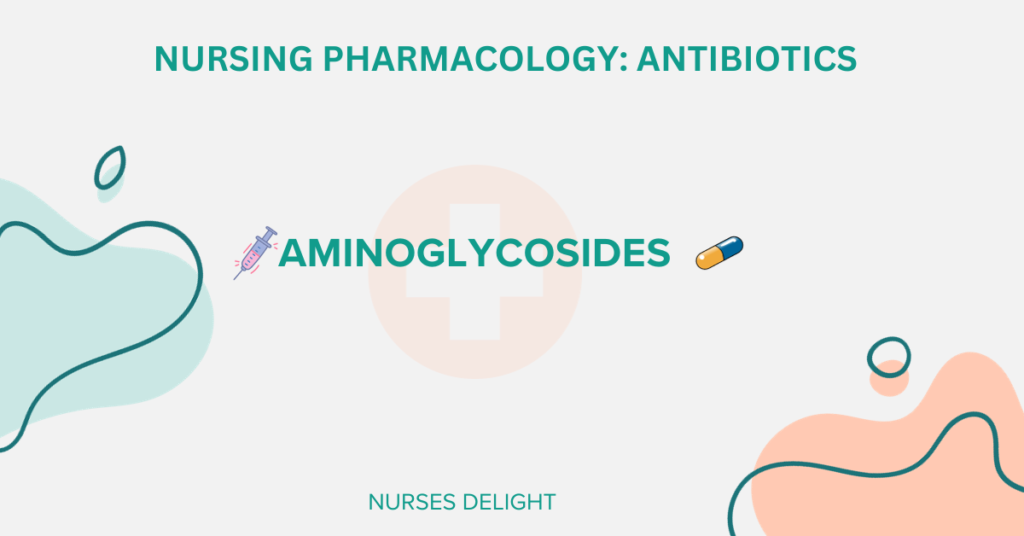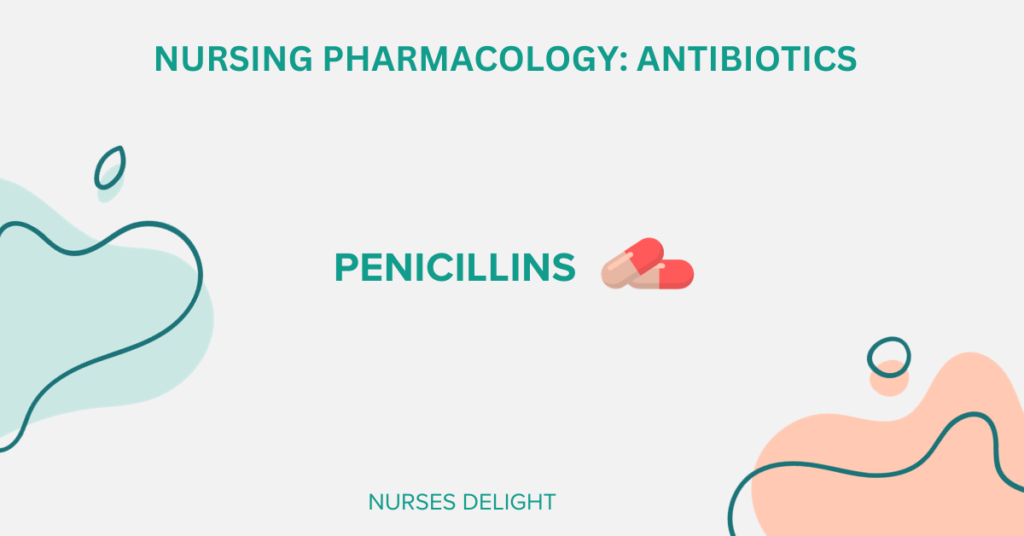Gastritis is the inflammation of the stomach(gastric) mucosa. The inflammation may be localized or scattered throughout the stomach lining.
Classification of Gastritis
Acute gastritis. It is mostly transient and self-limiting in nature; lasting for several hours to a few days and its symptoms appear rapidly. It may be referred to as erosive or non-erosive depending on the effects of gastric mucosa.
- Erosive gastritis is often caused by irritants such as aspirin and other NSAIDS, alcohol consumption, gastric radiation therapy, and acid or alkaline ingestion.
- Non erosive gastritis is often caused by infection with Helicobacter pylori.
Chronic gastritis. It normally results from recurring episodes of acute gastritis and is usually classified as type A Type B or atrophic
- Type A (nonerosive). It involves the inflammation of the mucosal glands as well as the fundus and body of stomach.
- Type B. Involves the predominant inflammation of the antrum and sometimes the entire stomach.
- Atrophic. Involves diffuse inflammation and destruction of deeply located glands and the thinning of the stomach wall.
Causes of Gastritis
- Helicobacter pylori infection
- Long term usage of NSAIDS
- Alcohol coffee caffeine
- Prolonged use of corticosteroids
- Ingestion of corrosive substances such as acids and alkalis
- Pyloric sphincter surgical procedures, for example, pyroplasty
- Crohn’s disease
Pathophysiology
The stomach wall is usually protected from corrosion by hydrochloric acid and pepsin by a mucosal barrier. This barrier is produced by prostaglandins.
An impaired mucosal barrier allows the corrosive hydrochloric acid, pepsin and other irritating agents to come into contact with the gastric mucosa resulting inflammation.
This causes the gastric mucosa to become edematous and hyperemic, congested with fluid and blood and to undergo superficial erosion. The resulting injury is exacerbated by the release of histamine and stimulations of the vagus nerve.
Superficial ulceration may occur as a result of erosive diseases and may lead to hemorrhage.
In chronic gastritis, persistent or repeated acute gastritis leads to chronic inflammatory changes and eventual atrophy of the gastric tissue. The progressive gastric atrophy from chronic mucosal injury decreases the amount of or destroys the parietal cells hence the source of intrinsic factor is lost. Intrinsic factor is critical for the absorption of vitamin B12. When Vitamin 12 is depleted pernicious anemia results.
Clinical Manifestations
In acute gastritis, the patient will manifest the following;
- Anorexia
- Rapid epigastric pain(heartburn/pyrosis)
- Hematemesis (vomiting blood)
- Hiccups
- Melena or hematochezia
- Nausea and vomiting
- Shock
In chronic gastritis, the patient will manifest the following;
- Belching
- Early satiety
- Intolerance of spicy foods
- Nausea and vomiting
- Sour taste in the mouth
- Pernicious anemia
- Fatigue
Assessment and Diagnostic Findings
- Esophagogastroduodenoscopy EGD with biopsy is the standard for diagnosis gastritis. It involves endoscopic visualization of the gastrointestinal system. EGD shows damage to the stomach lining.
- Histological exam may isolate the causative agent of the gastritis.
- Complete blood count is used to assess for anemia as a result of hemorrhage or pernicious anemia
- H pylori diagnosis done through rapid diagnostics tests may indicate the presence of H. pylori bacteria
Medical Management
- Gastritis therapy is supportive and may include nasogastric intubation, administering antacids, histamine 2 receptor antagonist (such as ranitidine and famotidine), proton pump inhibitors (such as omeprazole)
- It can also be managed by modifying diet, promoting rest and reducing stress, avoidance of alcohol and NSAIDS
- In extreme cases, surgery may be required to remove gangrenous or perforated tissue a gastric resection and gastrojejunostomy – anastomosis of jejunum to stomach to detour the pylorus- may be necessary to treat gastric outlet obstruction.
- H pylori may be treated with selected drug combination which typically include a proton pump inhibitor, antibiotics and sometimes bismuth salts.
- Blood transfusion may be done in anemic patients.
Nursing Management
Assessment
- Assess for the following;
- Abdominal tenderness and bloating
- Hematemesis vomiting blood
- Melena dark sticky
- Dyspepsia
- Severe vomiting which often occur within 5 hours of ingestion of contaminated food
Interventions
- Teach patient to avoid gastric irritants such as alcohol, coffee, tobacco, and NSAIDS.
- Encourage the patient to take balanced diet and to avoid high acid content foods and spices high acid such as tomato, citrus juices, bell peppers and onions.
- Caution the patient on the unsafe over the counter prescription of NSAIDS and corticosteroids
- Teach the patient on safe foods and water handling techniques.
- Teach the patient on ways of reducing stress levels using techniques such as relaxation and meditation
- Instruct the patient to always protect themselves against exposure to toxic substances such as lead and nickel



